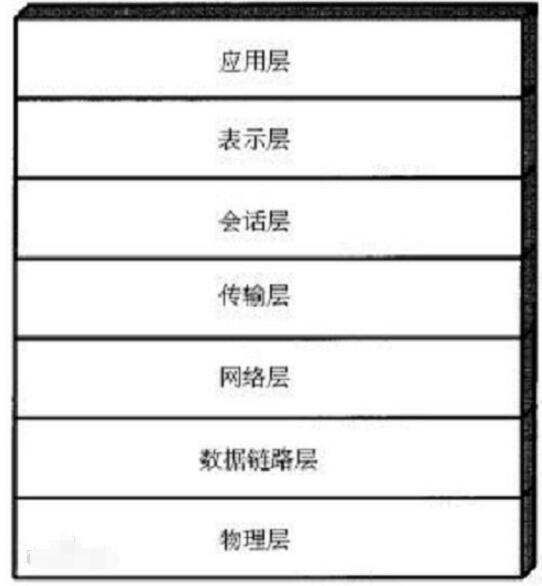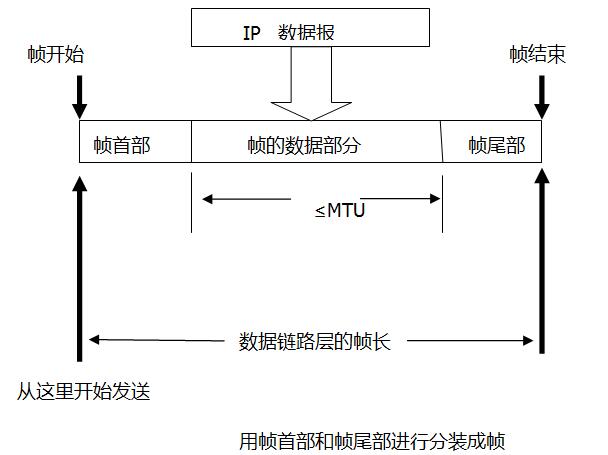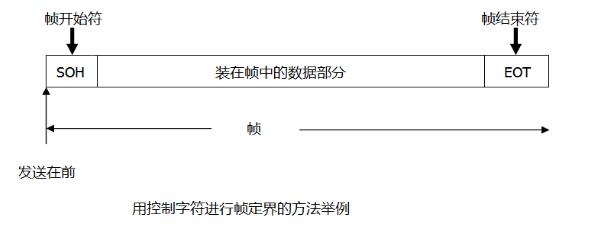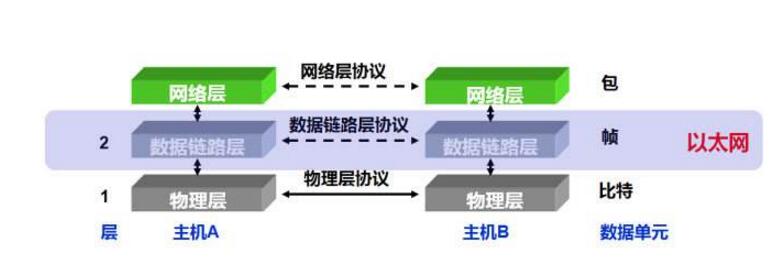**Introduction to the Data Link Layer**
The data link layer is the second layer in the OSI reference model, positioned between the physical layer and the network layer. It provides services to the network layer based on the functionalities of the physical layer. Its primary role is to ensure reliable transmission of data from the network layer to the adjacent node’s network layer. To achieve this, the data link layer must perform several essential functions: framing data into blocks called frames, controlling frame transmission over the physical channel, handling errors, managing transmission rates, establishing and maintaining data links, and releasing them when communication ends.
Framing is a key process where data is grouped into frames, which serve as the transport unit for the data link layer. These frames are then transmitted across the physical medium. Error detection and correction mechanisms are also implemented to ensure data integrity. Additionally, flow control ensures that the sender does not overwhelm the receiver with too much data at once.

**Data Link Layer Classification**
The data link layer can be divided into two sublayers: the Logical Link Control (LLC) and the Media Access Control (MAC).
**1. Logical Link Control Sublayer (LLC)**
The LLC sublayer is responsible for error control and flow control within a single connection between devices. It is independent of the physical medium, meaning it works regardless of whether the network uses CSMA/CD (like Ethernet) or Token Ring. The LLC communicates with upper-layer protocols through Service Access Points (SAPs), allowing multiple high-level protocols to coexist using a single interface.
An LLC Protocol Data Unit (LLCPDU) includes fields such as DSAP (Destination SAP), SSAP (Source SAP), a control field, and an information field containing the actual data. For example, SAP values like 06 represent the IP protocol, while FF is used for broadcasting.
The SNAP (Subnetwork Access Protocol) mechanism allows for vendor-specific protocols to be carried within LLC frames. This is particularly useful in environments where non-standard protocols need to be supported.
**2. Media Access Control Sublayer (MAC)**
The MAC sublayer handles how devices access the shared communication channel in a local area network (LAN). It manages the allocation of transmission rights among competing devices. Logical links are established between end systems, enabling communication over physical or logical circuits.
There are two types of services: connection-oriented and connectionless. Connection-oriented services require session establishment and maintenance, ensuring reliable communication. In contrast, connectionless services do not require prior setup, making them faster but less reliable.
The MAC sublayer is responsible for addressing, specifically using MAC addresses, which are unique identifiers burned into network interface cards. These addresses ensure that data is correctly routed to the intended recipient on the same network segment.
**How the Data Link Layer Works**
**1. Framing (Frame Synchronization)**
To efficiently transmit data, the data link layer divides information into frames. Each frame contains a header, data, and a trailer. Frame synchronization techniques help the receiver identify the start and end of each frame, even if the bit stream is corrupted or incomplete.
This method improves efficiency by allowing only the affected frame to be retransmitted instead of the entire data stream. However, it introduces challenges such as distinguishing between new and retransmitted frames.


**2. Error Control**
Transmission errors can occur due to noise, interference, or other factors. The data link layer implements error control mechanisms such as Forward Error Correction (FEC), Automatic Repeat Request (ARQ), Hybrid Error Correction (HEC), and Information Return (IRQ).
FEC adds redundant bits to detect and correct errors automatically. ARQ, commonly used in non-real-time communication, requires the receiver to request retransmission when an error is detected. HEC combines both FEC and ARQ, while IRQ is a simpler, less efficient method suitable for low-speed networks.
**3. Flow Control**
Flow control ensures that the sender does not overwhelm the receiver with data. It regulates the rate of transmission so that the receiver can process incoming data effectively. This prevents data loss and maintains orderly communication.
**4. Link Control**
Link control involves establishing, maintaining, and releasing data links. Before communication begins, both parties must exchange necessary information to set up a connection. Once the communication is complete, the link is properly released.
**5. MAC Addressing**
The MAC sublayer is responsible for addressing, using hardware addresses (MAC addresses) that are unique to each device. These addresses are essential for identifying the source and destination of data packets on the same network.
**6. Differentiate Data and Control Information**
Since data and control information share the same channel, the data link layer must distinguish between them. This ensures that only valid data is passed up to higher layers, preventing misinterpretation of control signals.
**7. Transparent Transmission**
Transparent transmission means that any combination of bits can be sent without being mistaken for control information. Special techniques are used to prevent data from being misinterpreted as commands or instructions.
**Common Data Link Layer Protocols**
The data link layer supports various protocols depending on the network type. For example, Ethernet, Token Ring, FDDI, and serial lines use different frame formats. In wide area networks (WANs), protocols like X.25, Frame Relay, and ATM are used.
In the early days of networking, LANs lacked standardization, leading to the division of the data link layer into LLC and MAC sublayers. Over time, Ethernet became dominant, simplifying the data link layer to just the MAC layer with a standardized frame format.

4D Laser Level,Laser Level Standard,Wall Mount Laser Level,Multiple Laser Level
Guangdong Tumtec Communication Technology Co., Ltd , https://www.gdtumtec.com
